Welcome to the Curriculum Choice author carnival on Homeschooling Methods and Philosophies. Enjoy and share in the wisdom of our collective experience as homeschooling moms from various perspectives and methods as you read them through and apply them to your own home education.
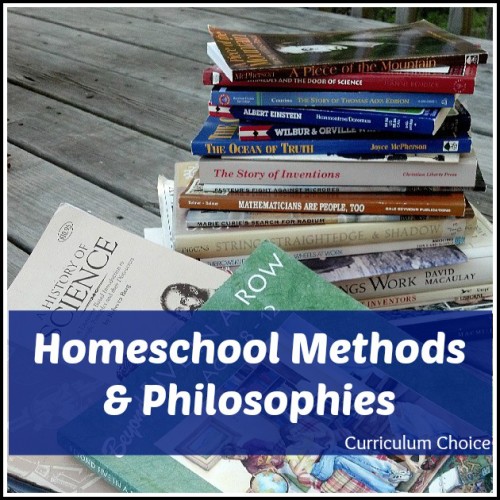
Below, we share examples from our Curriculum Choice Philosophies page plus reviews of related curricula and helpful posts from our team of curriculum review authors…
Here’s a list of some of the more popular Homeschool Methods and Philosophies:
Charlotte Mason
A CM education is the style following that of its founder, Charlotte Mason. Its schedule features short lessons (10 to 20 minutes per subject for the younger children, but longer for older ones) with an emphasis on excellent execution and focused attention. Narration, “living” literature, nature study, artist picture study, and habit training are some of the unique aspects of a CM education.
Cindy West of Our Journey Westward
- Cindy’s 10-post series of Charlotte Mason homeschooling give you a great overview of this easy-to-implement method.
- Have active children? The Charlotte Mason method works for them, too!
- Interested in Charlotte Mason homeschooling, but like Montessori, too? You might be surprised at the overlaps.
Barb McCoy-Harmony Art Mom
Charlotte Mason Gave Our Homeschool Wings: “Charlotte Mason’s ideas breathed life into our homeschool. Picture study, listening to composers, lots of outdoor time, free afternoons, and meaningful handicrafts were added in right away and it was so refreshing. Next came lots of living books and narrations. I began to focus on habit training and we worked hard on raising our standards of excellence in our daily work, both in schoolwork and around the house.”
Charlotte Mason High School or Not?: “Plotting a course for your child’s high school education is not easy and straightforward. For our family, we were committed to continue schooling the boys at home and I felt in my heart that Charlotte Mason’s ideas had taken hold. Would they continue to work for high school? It was not an simple decision to make.”
To learn more about how to implement a Charlotte Mason style education, you might like:
Classical
The heart of a classical education lies in the trivium – the grammar, logic and rhetoric stages. These coincide with natural learning abilities during childhood. For most families, classical education includes a dedication to in-depth studies of Latin, mathematics, the arts and sciences, and a deep understanding of world history and its effects that lure them in. Many classical homeschoolers follow a four-year or six-year cycle of repeating science and history topics.
To learn more about how to implement a classical education, you might like:
- Detailed explanation of the Classical Method
- The Well Trained Mind
- Review of Tapestry of Grace
- English from the Roots Up
- First Language Lessons
Unit Studies
Unit studies are a popular homeschooling method because they are typically hands-on, literature-based, and can be molded to fit into other homeschooling philosophies. Individual topics can encompass all of the scholastic subjects or be very specific to only cover science, history or a literature selection, for instance.
Unit studies can be found on the Internet for almost any subject you or your children can desire. Simply type “(topic) unit study” into your Internet search engine.
- Unit study reviews at The Curriculum Choice
- The Unit Study Approach: An Adventure in Learning
- Designing Your Own Unit Study
- Amanda Bennett Unit Studies Review
- All our unit study type reviews here at Curriculum Choice
- Our Curriculum Choice Unit Studies Pinterest board
Heather Woodie from Blog, She Wrote:
Our Must Have Items for Homeschool Unit Studies– a list of the things we find most useful in our unit study pursuits.
Examples of Using Five in a Row– Five in a Row is a literature unit study program for ages 2-12 depending on the level you use. We have always used this as our core curriculum from preschool through seventh grade.
Ten Things That Make a Great Homeschool Day– This post shares the components of our unit study day. We’re at the age where my students are working on different studies- not always the same. How does that come together? Read on!
Unit Studies with Multiple Ages – Unit studies are great for an age range because everyone is immersed in the same subject. Unit studies are often how we fit it all in! After the 3 Rs, we can mostly finish up the remainder of our subjects all together – all ages.
How to Fit in All the Extras with Unit Studies – by using unit studies, the children can all learn together. The prep work is done for me. All I need to do is add the books and supplies called for. The end result is we add in so much more learning!
Daniele at Domestic Serenity has many Five in a Row resources for multiple ages that she shares on her site plus a wonderful gathering on her Five in a Row Pinterest board.
Susan at Education Possible:
What is a Unit Study? – The goal of the unit study approach is to select a topic of interest and then use various subjects to learn more about the topic and connect your learning. Books, field trips, group activities and hands-on learning are often used to help students become more involved in the learning process.
Traditional
The traditional method looks very similar to how you were likely taught in school. Children use textbooks for all subjects, complete worksheets and take regular tests. Oftentimes, traditional curricula is also available via DVD, CD-Rom or the Internet. Some people choose to integrate some traditional subjects with another philosophy.
Betsy – BJs Homeschooling:
Our Curriculum Choices Senior Year – Now that my teen is a senior, we are more traditional, read on for some great high school links!
First College Acceptance – How we “did it”, our story homeschooling towards college! This is the start of a series on aiming towards college.
Relaxed, Unschooling, Delight-directed
Generally, these terms imply that the parents have consciously adopted a lifestyle which includes few textbooks or workbooks, and no grades, tests or labels. The child is encouraged to learn at his own pace through hobbies and interests that the he wants to pursue.
Barb McCoy (Harmony Art Mom)
Nurturing a Project Learning Environment: “The plan should include the goal of the project (which can change as you progress), the materials and resources needed, and a guess as to the length of the project. My experience is there is no straight path with project learning but every twist and turn in the direction of the project can be a learning experience. I have learned to embrace the changes, recording the work that was accomplished.”
Project Learning in High School: “I have learned over the last five years that using this style of learning is never neat and tidy. As the parent/guide I need to be willing to adjust to changes in focus as they happen. This week he may be interested in the materials used to build a particular structure and next week he may need help answering a question about how a building’s feature was created.”
A Painting a Day – I give you permission to pull out the chalks, the paints, the sketch pads. How about right now? Enjoy!
Hands On Geography for Multiple Ages – Hands on projects can be messy. Ok, they are messy. Often that is what children love about learning. And often hands on learning sparks the joy needed for further independent study. Just a little paint on a continent prompts a child to linger on Japan. Forming a mountain peak or drawing the line of a river opens up discussion of native Americans and how they taught those early Pilgrims survival tactics.
Whole-Heart Learning
Whole-Heart learning encourages the use of “living” books rather then text books. This type of family will set goals for the family as a whole and again for each individual child. This lifestyle homeschool has a firm belief that the heart is the key to all learning.
To learn more about implementing a whole-heart approach, you might like:
Biblical Principle Approach
The Principle Approach is a philosophy and method of education based upon Biblical reasoning and a Biblical, Christian worldview which requires considering and pondering the purpose of everything in God’s universe.
To learn more about implementing the Principle approach, you might like:
Eclectic Homeschooling
Eclectic homeschooling is a method that draws on more than one of the homeschooling methods, with a focus on hands-on and activity based learning.
- Oak Meadow 5th Grade Complete Package – a full hands-on curriculum for later elementary years
- Handwriting Helps Play Pack for Fine Motor Skills Review – We used these suggestions to improve hand skills for writing
- Tim’s Homeschool – Working with ADHD – suggestions for working with kids who struggle with attention
The Hodgepodge Homeschool Method – Our homeschooling method is one that came about over time. Would it surprise you to know that our methods truly are a hodgepodge? One ingredient added. Another sifted in. Mixing slowly. Seasoning to taste. The roots of our method are classical. There’s a healthy dose of Charlotte Mason enrichment. Plus, the unit studies help us all learn together. And the whole-hearted approach speaks of each child’s relationship with the Lord. So, in no particular order, the reasons this hodgepodge method works for us…
Shape Your Heart for Homeschooling with Books – There are also books I read that shaped my homeschooling heart. These I share today also helped form our hodgepodge homeschool method. And I am always continuing my education. “Who dares to teach must never cease to learn.” ~ John Cotton Dana. During the summer months, I like to pull a few of these from the shelves and reread them in prep for the upcoming year. Often I come across just those nuggets I need to spur our homeschool on. I love how God provides just when we need it.
Heidi at Home Schoolroom
I’m an Eclectic Homeschooler. What Exactly Does That Mean? The term “eclectic” doesn’t give a lot of information about our homeschool style. In this post I list the bits of pieces of different philosophies that I use in our home schoolroom.
How Letting Go Has Led to a Better Lifestyle and More Learning! My initial homeschool style was producing a very stressed-out mama who felt she could never fit it all in. Now I try to keep this simple checklist at the forefront: are we relating well to each other and did we learn and spend our time well today?
Review Team Features
- Our Curriculum Choice Homeschool Methods and Philosophies Pinterest board
- Have you enjoyed this special post from our review authors? Our Curriculum Choice review team features a topic monthly. You can see all that our authors have shared on electives, math, curriculum choices and more under Review Team Features.
~Hosted by Heather Woodie from Blog, She Wrote and originally published January 2014.
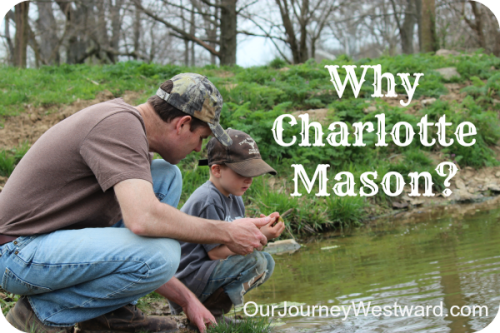

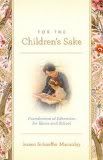

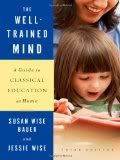
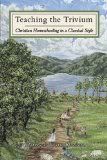
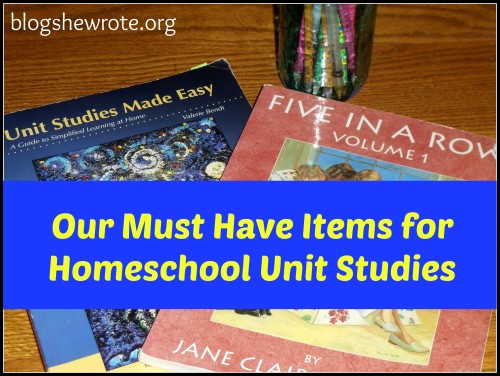
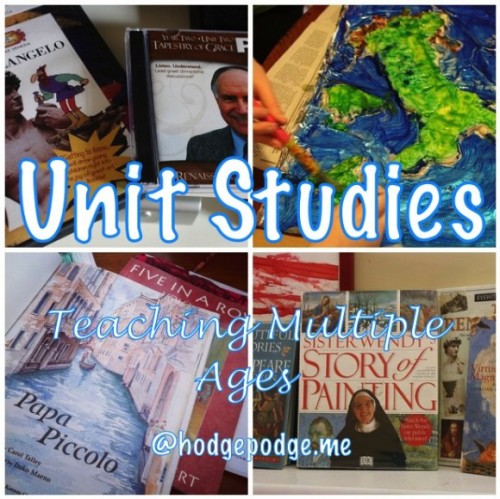
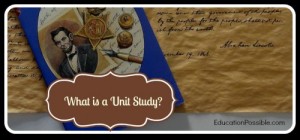
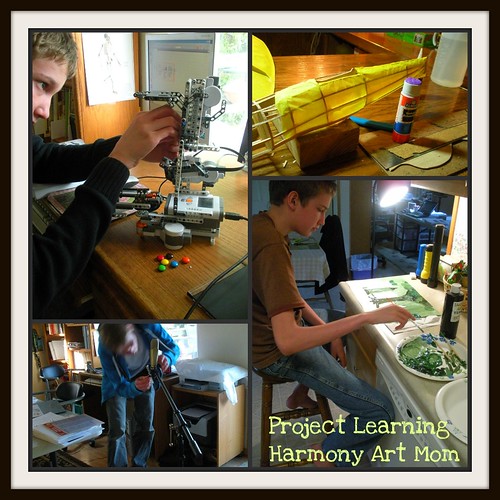
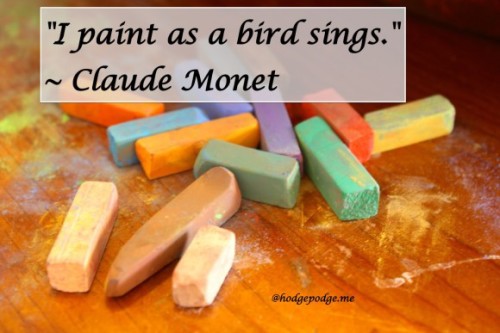
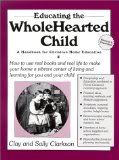
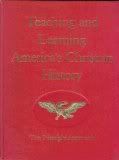
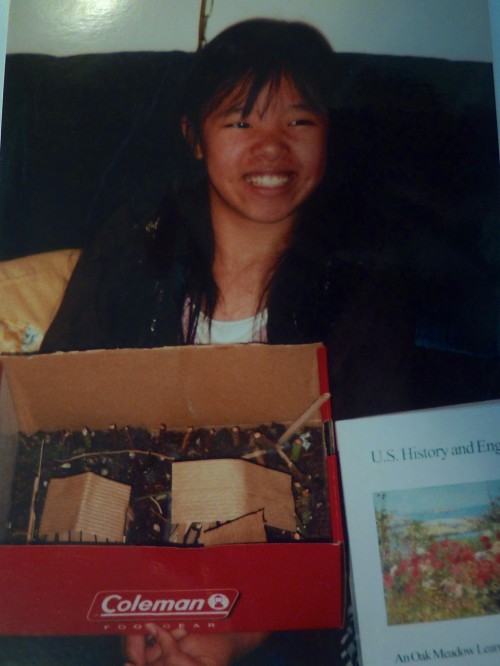
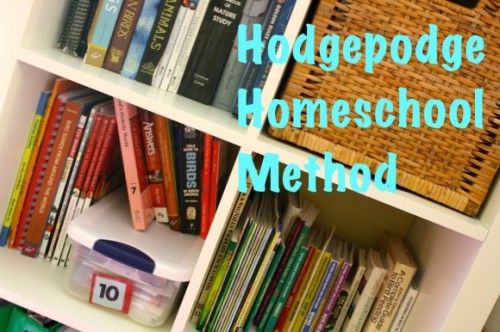

Beautiful round up of resources, ladies! Thank you!
Thanks for sharing all this great resources. As a homeschool mom is always good to have this information to help ourselves and others.